Master E-Fleet Operations: Your free 5-day crash course to cut charging costs by 30% while scaling from <5 to 500+ heavy vehicles. ☛ Get Lesson 1.
Creating context between business requirements and vehicle realities.
By creating context between the business requirements and the realities of vehicles and infrastructure, PANION offers 5 functions that are essential to successful electric fleet operations.
Across multiple interfaces, PANION offers real-time information about ongoing charging processes. One of the most popular interfaces is the charge schedule billboard, typically a large screen showing the charging activities across all vehicles and charge points for the facility juxtaposed to the requirements of the transportation schedule. Similar to an airport’s departure screens these billboards are available in multiple places around the depot or charging facility, e.g. the dispatch office, the driver lounge or the cantina.
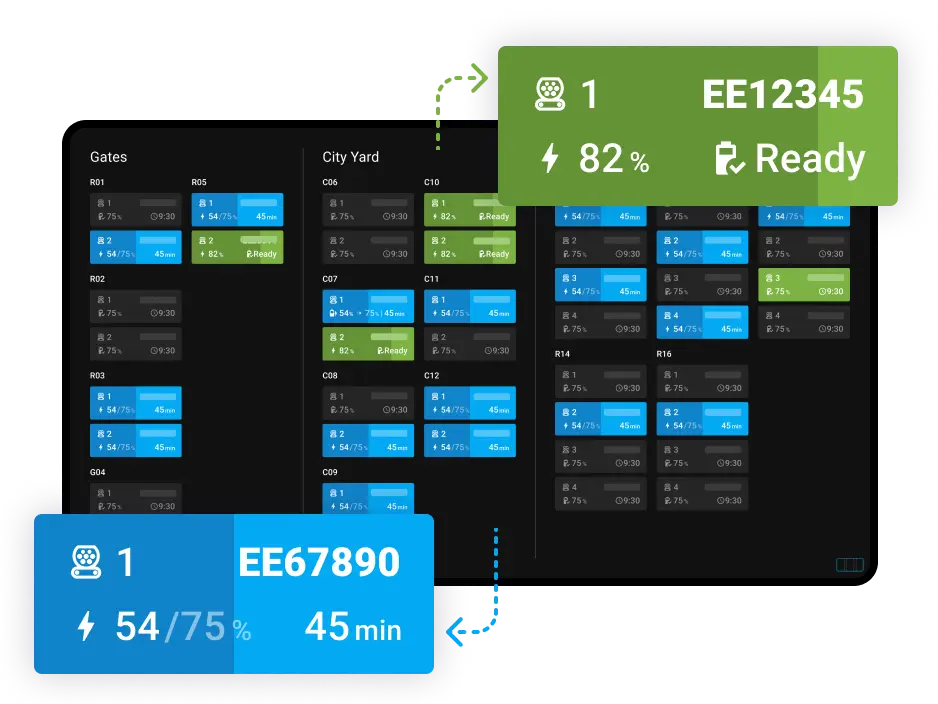
This view shows every charger outlet, the specific vehicle that is currently using it, the current and targeted power rating, current and target SOC and the remaining time until the target SOC is reached based on the charging performance thus far. We call this the “ready to drive” time. An alert is raised should this time be later than the departure time for the vehicle determined by the transport schedule.
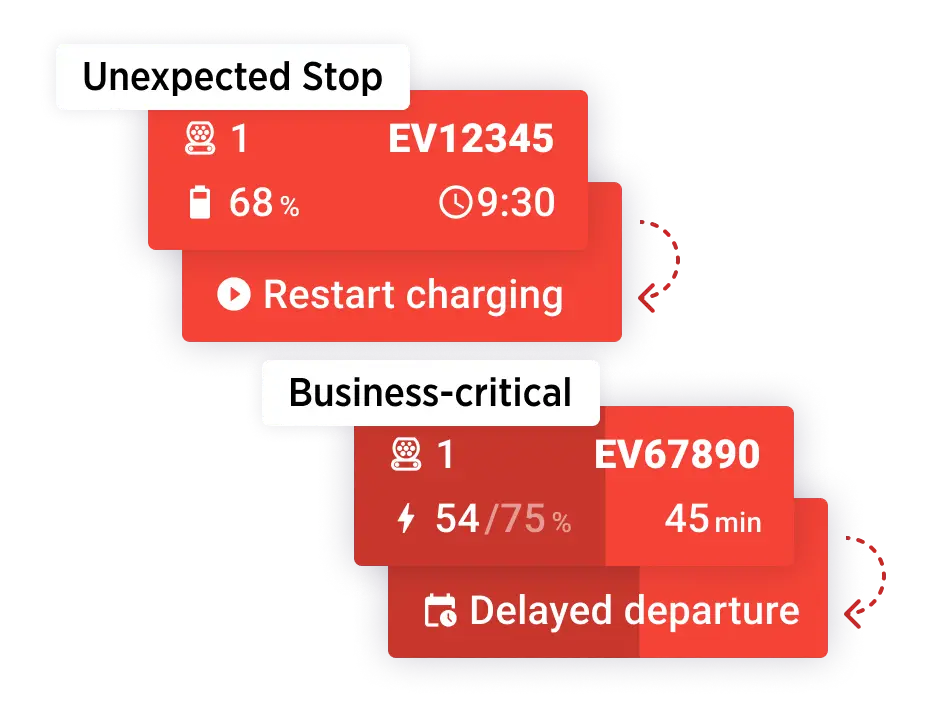
Of course, there are additional views and perspectives that can also be displayed across the facility, on computer screens or mobile devices. This includes in particular a departure screen showing the vehicles to go on tour next along with the completion projection for the charging activity as well as an arrival screen informing arriving vehicles where to park the truck or bus and whether, when and where to charge.
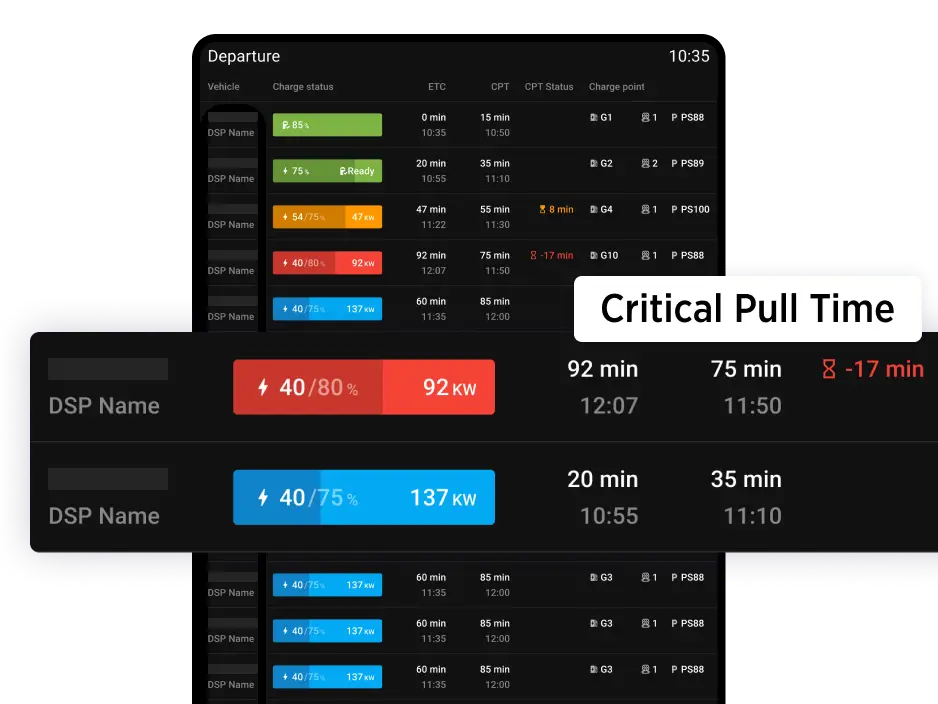
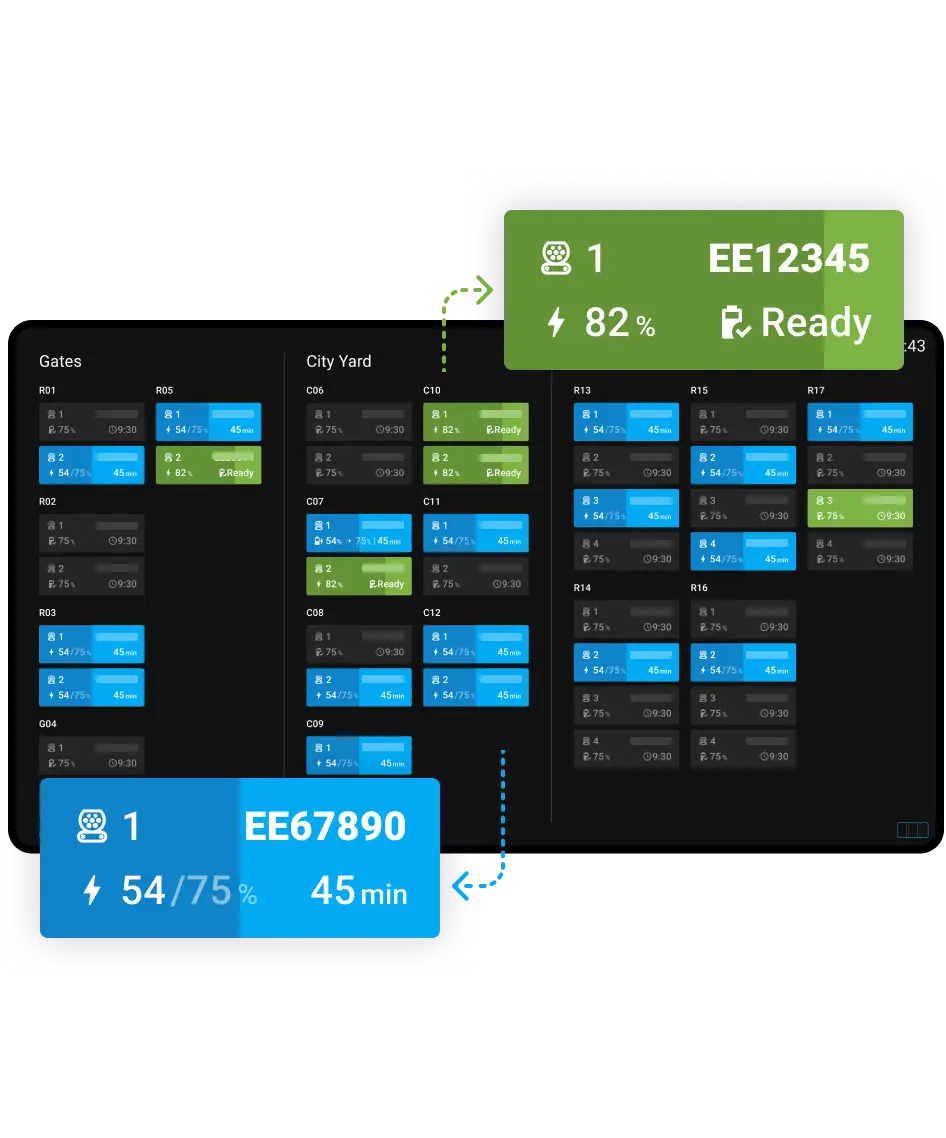
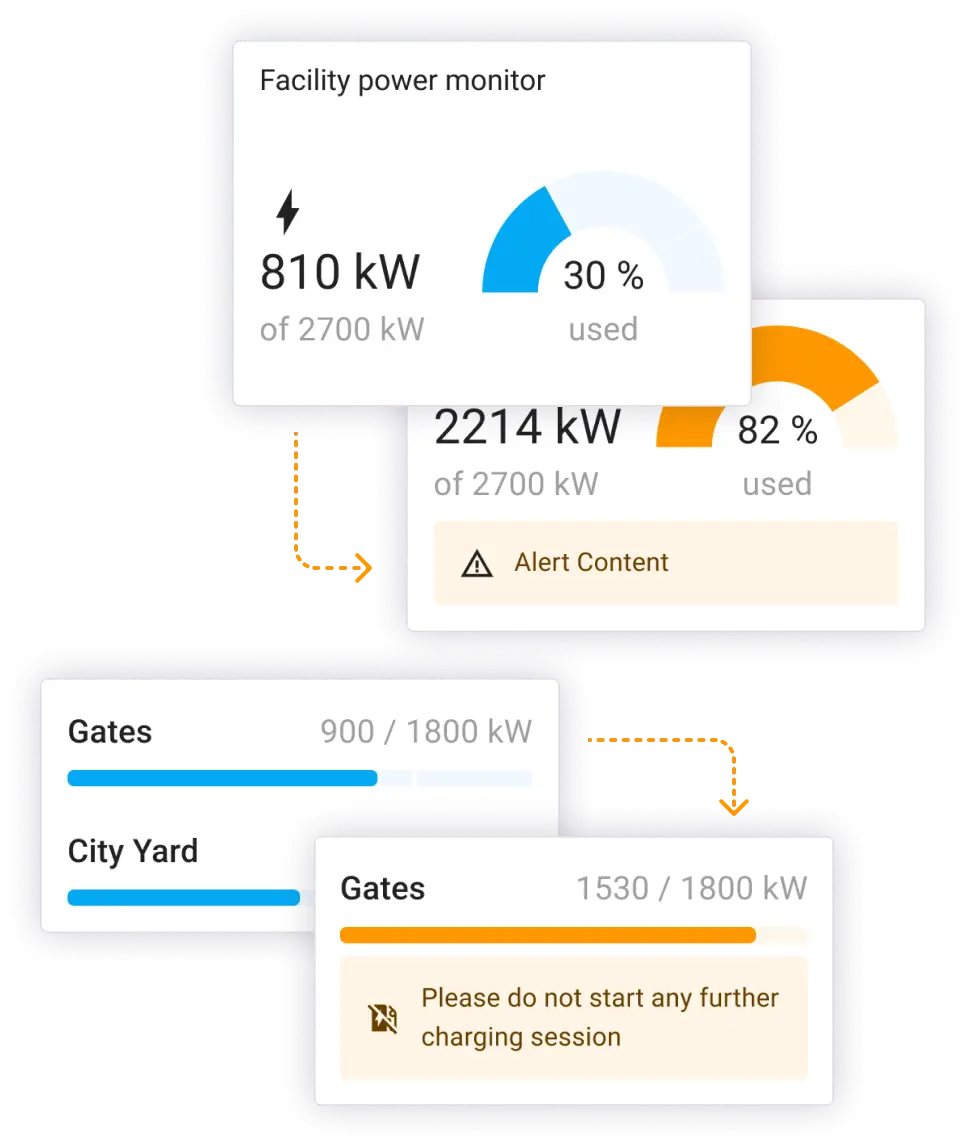
Being connected to each charging station via OCPP, PANION is able to remotely manage charger performance – like (re-)starting or stopping a charging session or dynamically adjusting the power rating – in line with the charging schedule and its updates based on real-time input from the TMS, the trucks on the road, the grid power availability and dynamic cost, and the charger performance. This way, physical and contractual power constraints are honored and safeguarded as well as cost for energy used in charging operations is minimized without compromising the operational requirements of the fleet.
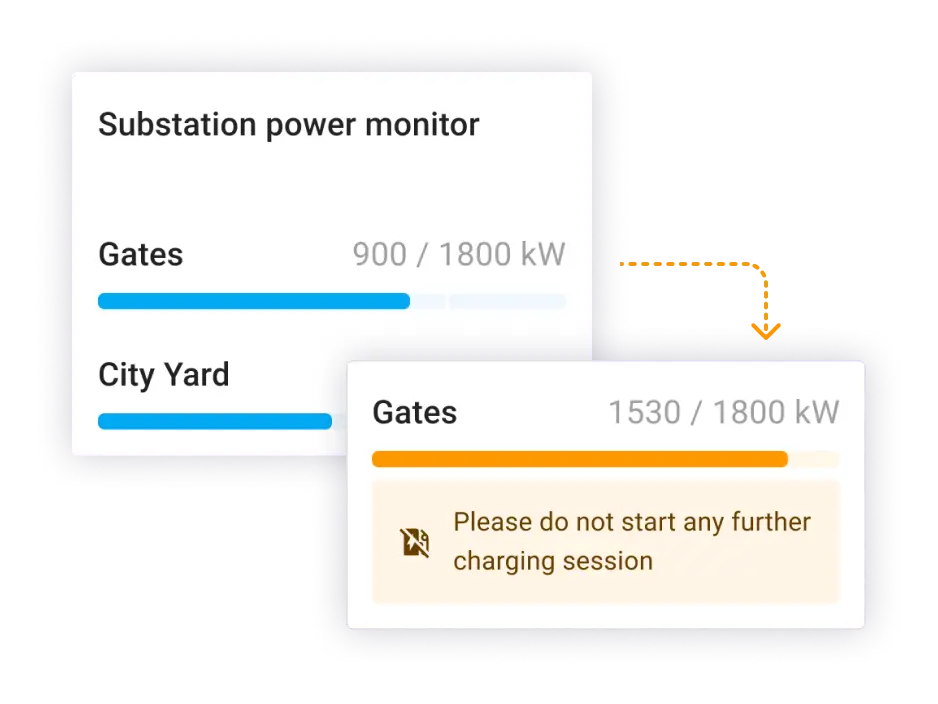
The detailed transportation plan and the energy and location-related realities of each vehicle are used to building an optimal charge plan for each of the vehicles and its upcoming tours. This could be for a few hours out or even cover an entire week forward. It is important that these plans are updated in real-time in case that something changes in the environment. A vehicle projected to arrive earlier or later or with a different state of charge, a charger with a malfunction resulting in slower than expected charging rates, a last minute change in transportation schedule to accommodate an express customer order are just a few examples for the many things that can change in dynamic logistics and transit operations. At the end, each driver gets precise instructions where to park the vehicle, which charger outlet to connect to and when to get back into the vehicle and be ready for the next tour.
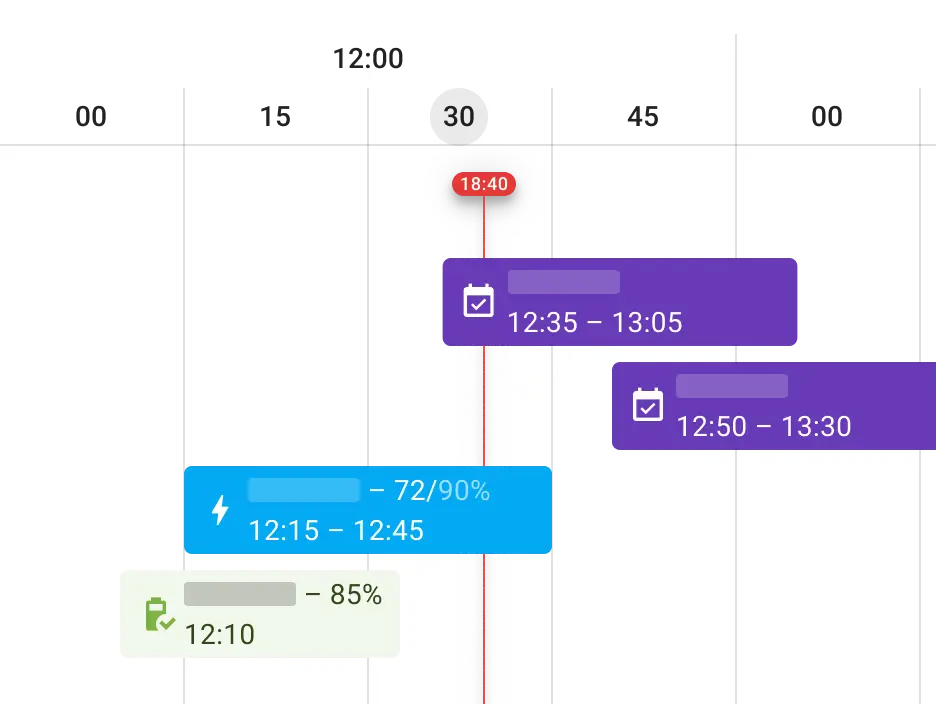
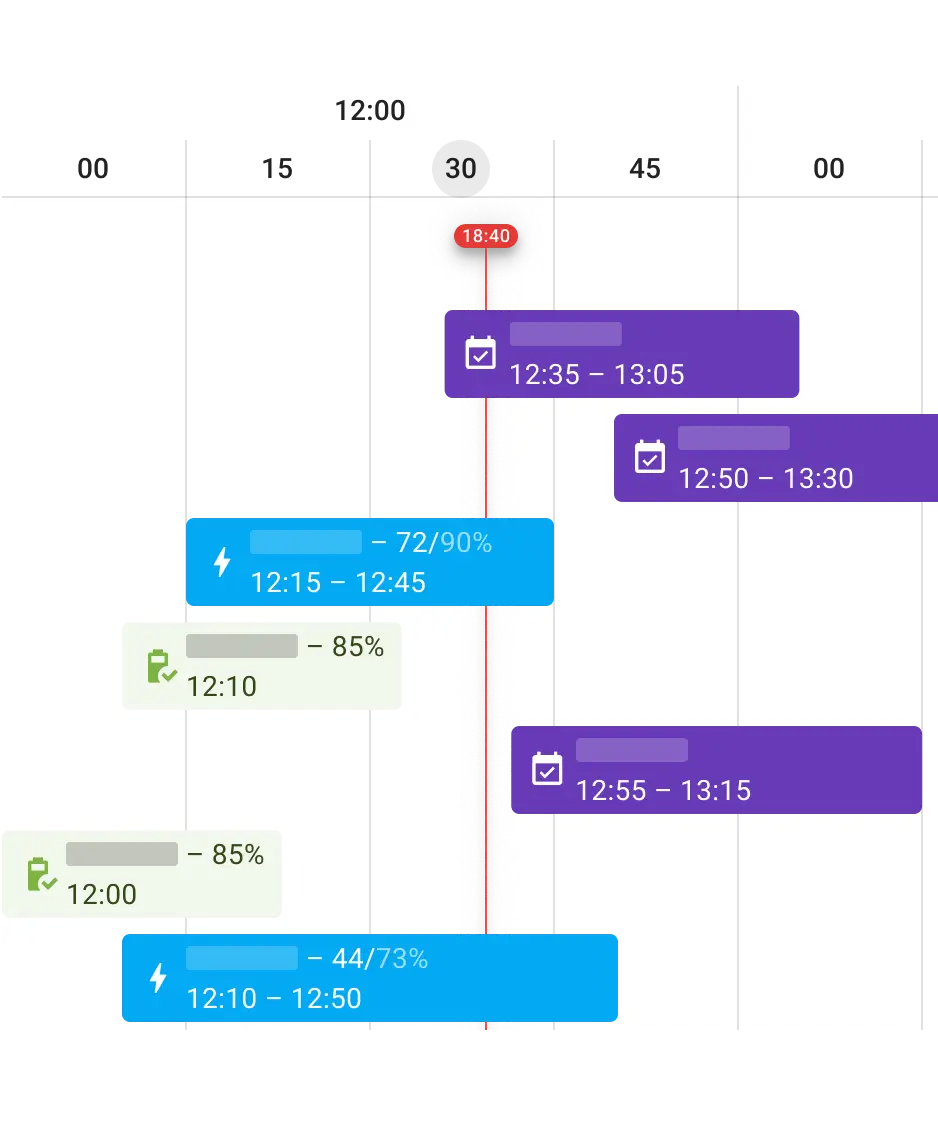
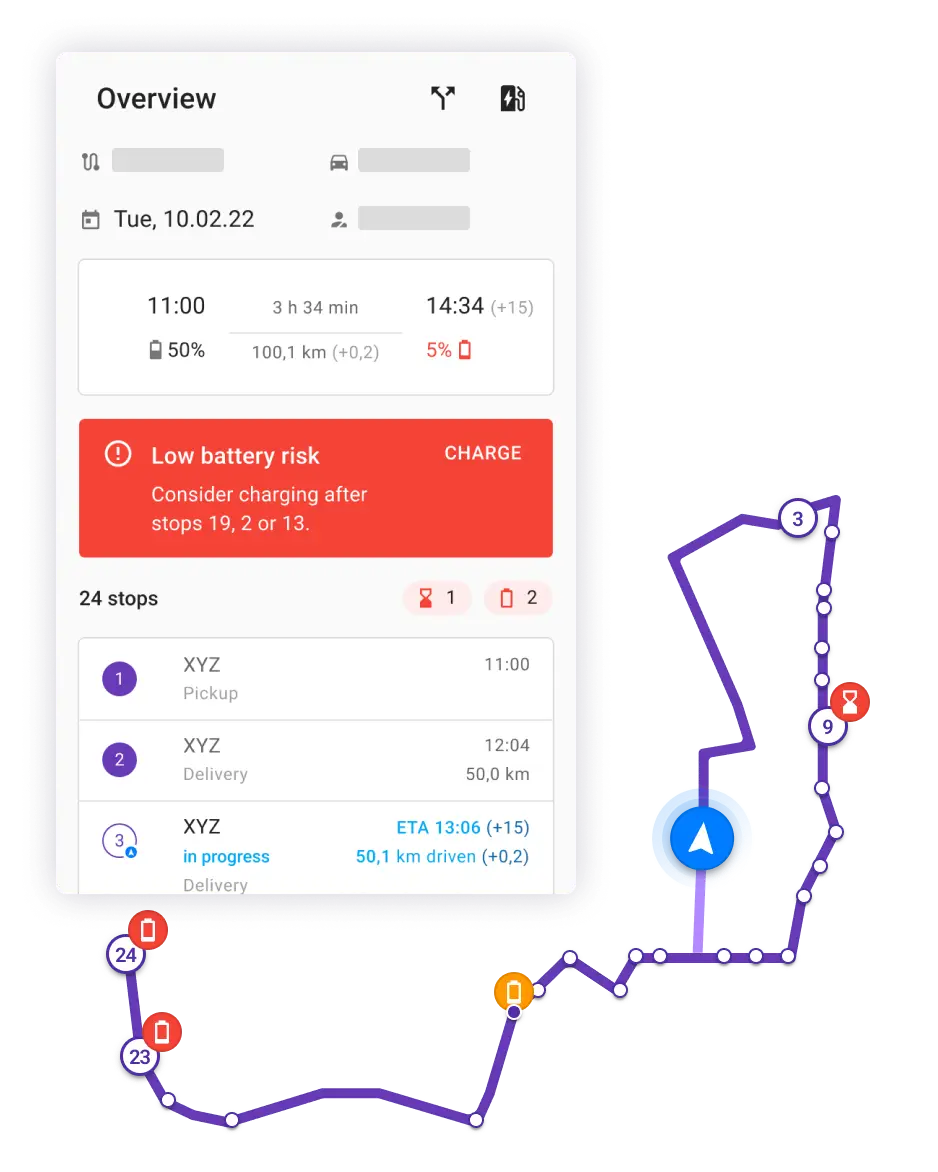
Monitoring the consumption of the battery is a crucial element in safe, reliable fleet operations with electric vehicles. Using this information to project the tour forward to the next depot or charger stop is core to PANION Tours. As a side, it provides a map view with the whereabouts for each of the vehicle raising battery risk and delivery window alerts. The resulting estimated time of arrival and SOC at arrival information is fed into the charge planning algorithm thereby adjusting the plan to the realities of the road.
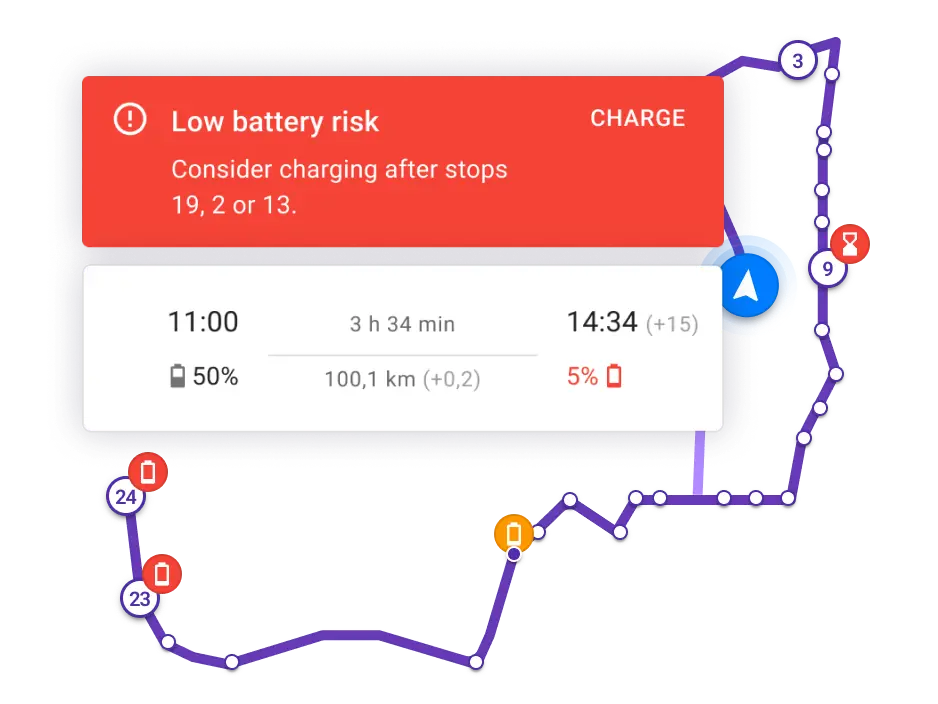
With the increasing adoption of electric trucks and buses the tours assigned to those vehicles are increasing going beyond the range limitations of the batteries. This calls for assisted and automated support for opportunity charging. Where along the tour are charging stations suitable for a full scale truck or accelerated bus? Are these semi-private charging stations of a partner that we have agreed on a shared infrastructure model? Is it run by a CPO the fleet has a frame contract with? What is the detour time and distance a charging stop would incur and what impacts will this have to the delivery and schedule performance of the tour? What are the power ratings of the charging stations? Will the charging station be available at the time of arrival? These are just some of the questions to be considered when deciding about an opportunity charging location. And this is just the beginning as ultimately the fleet would like to place a reservation with the charge point operator and – most importantly – keep this dynamically aligned with the realities of the road. That means: adjust the charging time dynamically to changes in the expected time of arrival and projected SOC at the time of arrival.
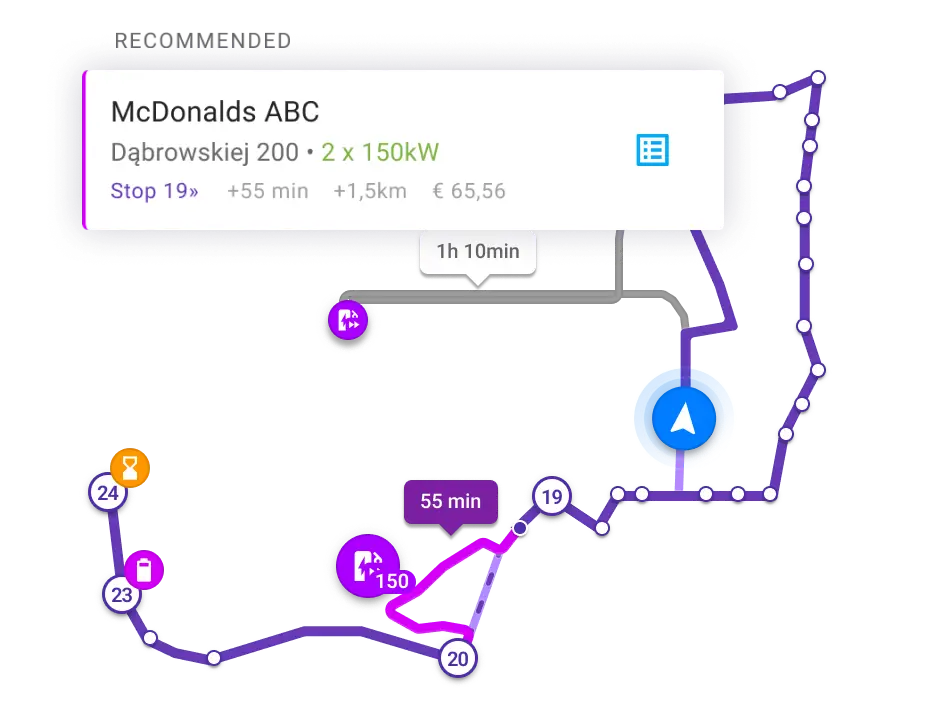
Charging infrastructure for an electric fleet is sized for operational crunch time. In case of a two shift operating model, this would be the midday hours when vehicles are coming back from their morning duty to be readied for the afternoon tours. At this time, a maximum amount of power is required to dispense energy to the vehicle batteries as fast as required to meeting the tight transportation schedule. Outside this 3, 4 or 5 hour window, power requirements are much more moderate. Over the course of a day, utilization will typically level at around 10 or 15 percent. Too little for the very significant investments that have gone into building the infrastructure and providing the network connectivity.
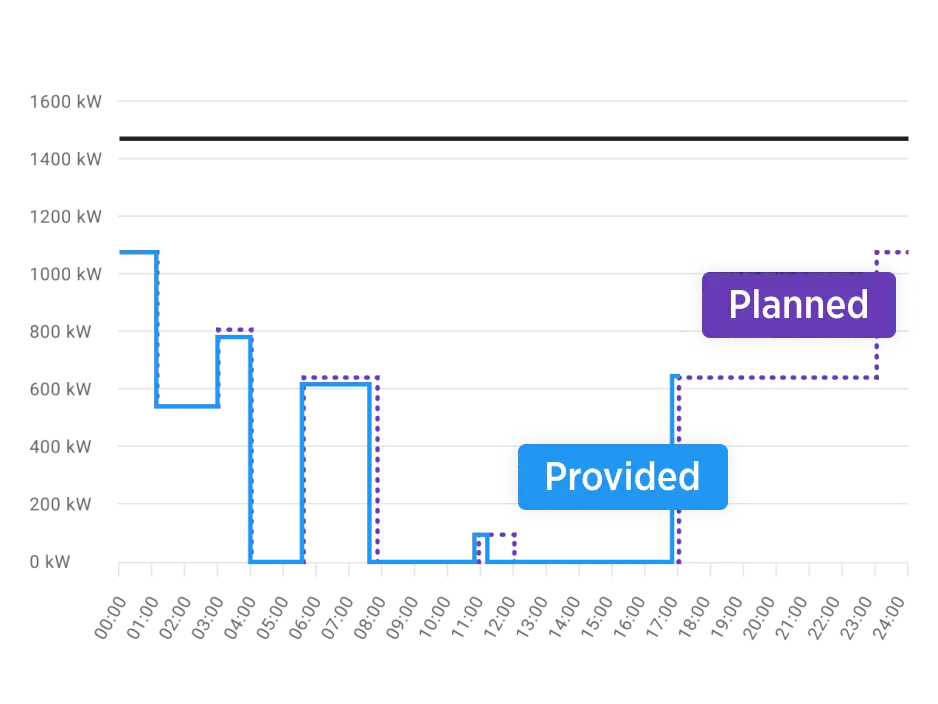
This presents an opportunity to leverage the capital intense infrastructure and charge vehicles from neighboring or befriended companies. The operations of these companies are as much subject to dynamic, real-time changes and hence share the same interest in a dynamically adjusting charge plan. These companies are ready to pay a margin on top of the cost of energy incurred by the host, contribute to the return on invest for the hosting depot and benefit from the significantly higher predictability such semi-private charging opportunities offer over the scarcely available, highly expensive, non-predictable charging at public charging sites.
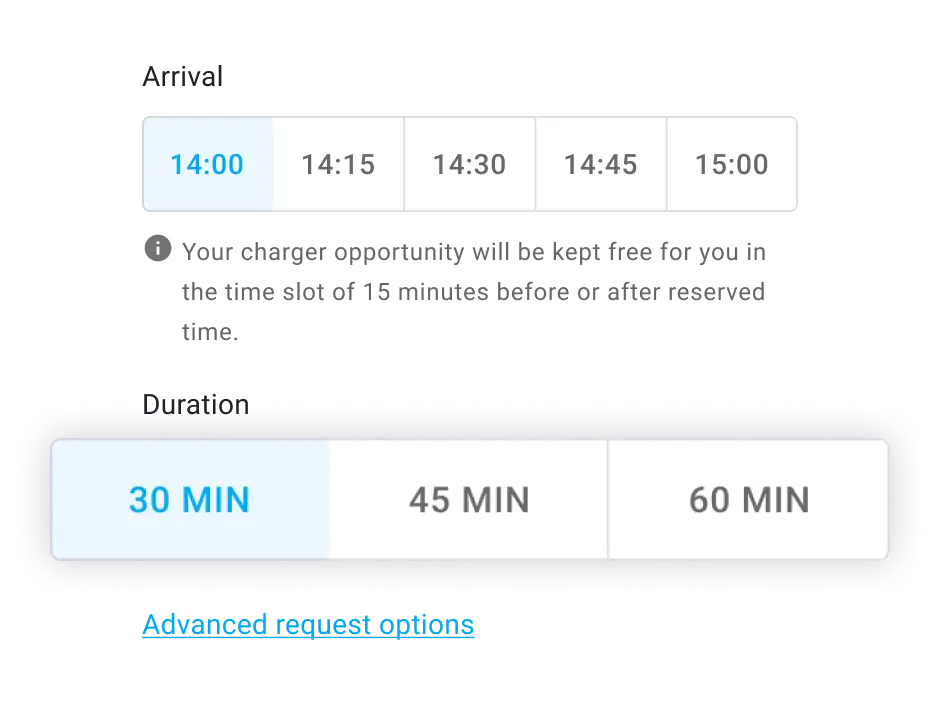
Allowing third-party vehicles to charge at their depot sites opens an interesting business model for those companies that can afford the capital expense to enable the sites for electric vehicle charging. It also fosters the adoption of e-mobility for mid- and heavy-duty vehicle logistics as it gives those fleets with limited capital reserves the option to benefit from the TCO advantages electric truck logistics have over conventional diesel trucks. These TCO advantages are already present and are projected to substantially increase over the remainder of this decade.
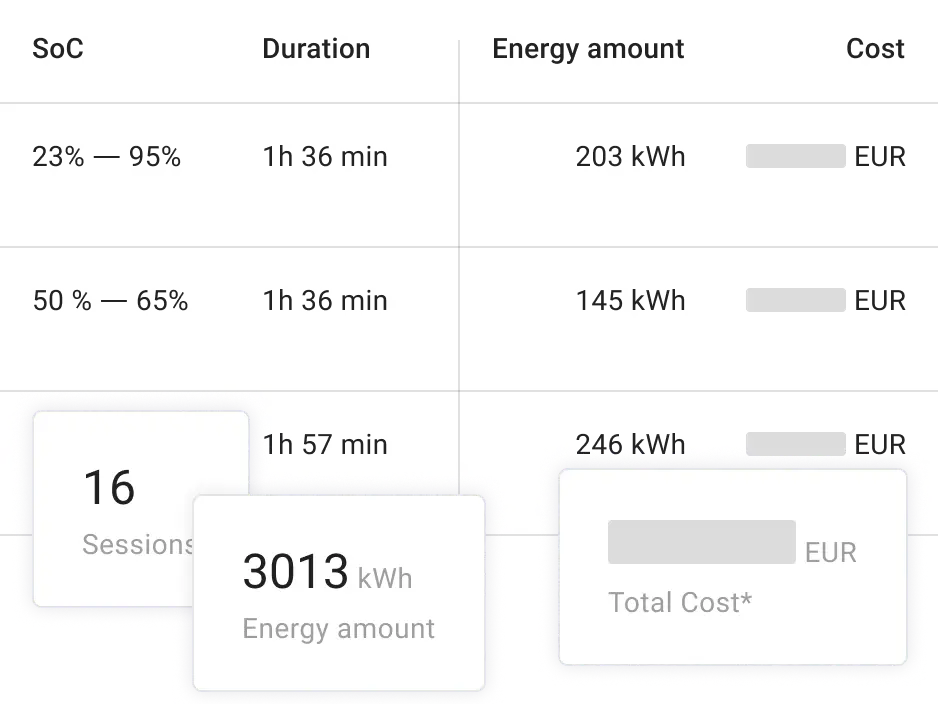
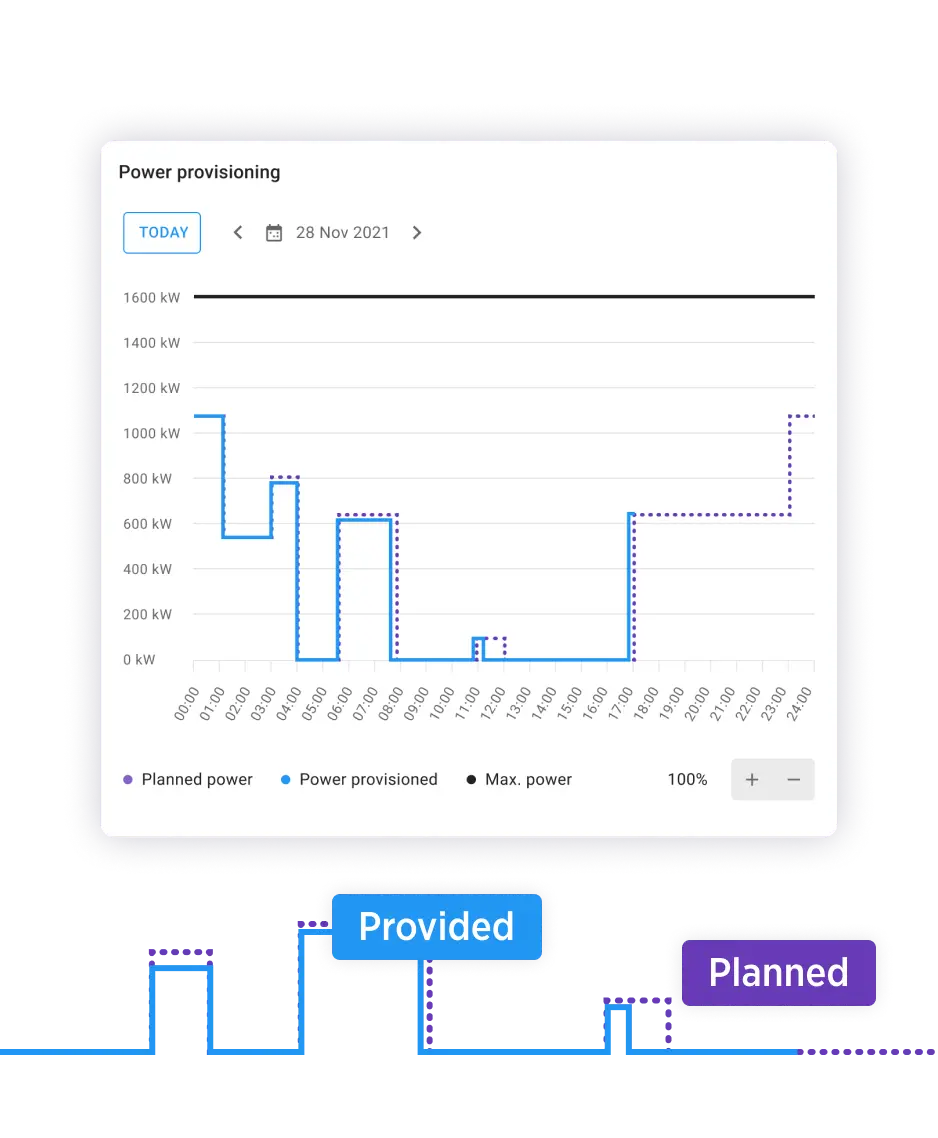




Trusted by

Managing Director

Managing Director